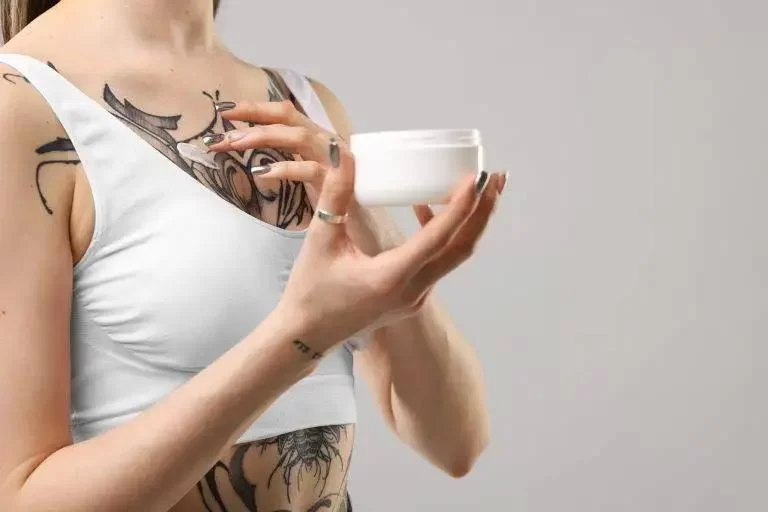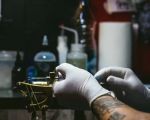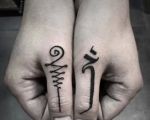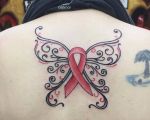
Understanding the Tattoo Consultation Process
When I first thought about getting a tattoo, I had no idea what the consultation process with a tattoo artist would involve. I imagined sitting down with an artist, giving them an idea of what I wanted, and they’d start right away. But after experiencing a consultation firsthand, I realized that there’s a lot more to it than I initially thought. Whether you’re planning your first tattoo or adding another piece to your collection, a tattoo consultation is an essential step in the process.
1. Preparing for Your Tattoo Consultation
One of the most important things I learned during my tattoo journey was the value of being well-prepared for my consultation. A tattoo consultation isn’t just a quick chat with your artist; it’s a chance to establish a solid foundation for your tattoo experience. So, what should you bring or prepare for your meeting?
First off, you need to have an idea of what you want. Sure, the design doesn’t need to be perfect, but having a rough concept helps the artist understand your vision. If you’re unsure, bring reference photos – not just pictures of tattoos but anything that conveys the style, colors, or themes you’re interested in.
Next, consider the placement of your tattoo. Think about where you want the tattoo on your body. Keep in mind that some areas of the body are more painful to tattoo than others, and this could influence both your decision and the design. Your tattoo artist will help guide you if you’re not sure where to place your design.
Finally, make sure to come prepared with a few questions. A consultation isn’t just for the artist to learn about your vision – it’s also for you to learn about their style, experience, and approach. Ask about the artist’s portfolio, their process, how long it will take, and what to expect during healing.
2. What Happens During the Consultation?
Now that you’re prepared, it’s time to meet with the tattoo artist. The consultation is generally relaxed, but it serves several key purposes. When I met my artist, we started by talking about the design I had in mind. My artist asked me a lot of questions about what inspired the design, the meaning behind it, and what style I was going for – whether it was traditional, realism, or something more abstract.
Once the design discussion began, my tattoo artist took the time to sketch out the basic idea and refine it. Sometimes, the design you bring in may need a few adjustments to fit your body’s contours or to work with the space you have in mind. This is a normal part of the process. Remember, tattoo artists are highly skilled at transforming a rough idea into something visually stunning, so don’t be afraid to let them offer suggestions.
At this stage, your artist will also discuss placement. They’ll want to know where you plan to get your tattoo to make sure it works with the flow of your body. Some areas may need more attention than others due to skin type or shape, so be open to their professional advice.
3. Pain, Time, and Costs
During the consultation, you’ll also get a chance to discuss the more practical aspects of getting a tattoo. For example, how long the tattoo will take and how much it will cost. These are crucial pieces of information that help you decide whether you’re ready for the commitment.
In my consultation, the artist explained how the complexity and size of my tattoo would impact the time it would take. Some tattoos can be completed in a couple of hours, while others, like intricate sleeves or large back pieces, could require multiple sessions. The artist gave me an estimated time frame based on the design, which helped me mentally prepare for what to expect.
Cost is another important consideration. Tattoo pricing can vary widely depending on the artist’s skill, experience, and the design's complexity. For instance, detailed designs with a lot of shading or color work tend to cost more than simple black-line tattoos. My artist made sure I understood the breakdown of pricing before moving forward, which helped me avoid any surprises when it came time to pay.
4. Health and Safety Precautions
Health and safety were top of mind during my consultation, as they should be for any tattoo appointment. Tattoo artists are professionals who take hygiene and sterilization seriously. I was shown the equipment they would use, and they walked me through their sterilization process. This gave me peace of mind knowing that the studio maintained high standards of cleanliness.
During your consultation, the artist will likely ask you about any allergies or skin conditions you may have. This helps them understand any precautions they might need to take when working with your skin. They’ll also go over aftercare instructions, so you know exactly what to do to keep your tattoo healthy during the healing process.
5. Setting the Appointment
After discussing the design, placement, pricing, and safety measures, your tattoo artist will help you schedule your tattoo session. Most artists book appointments weeks or even months in advance, especially if they have a large clientele. Be sure to confirm the date and time, and if needed, put down a deposit to hold your spot.
In my case, I left the consultation feeling confident and excited. The artist had answered all my questions and made sure I was well-prepared for my tattoo session. The consultation was a great opportunity to get comfortable with the process and ensure I was fully informed before sitting in the chair.
6. After the Consultation
Once the consultation is over, it’s time to prepare for the actual tattoo. Take any final thoughts or concerns you have and address them with your artist. You should also make sure you understand the studio’s policies on cancellations, deposits, and how to reschedule if needed.
In the days leading up to your appointment, make sure you’re taking care of yourself. Get plenty of rest, stay hydrated, and avoid drinking alcohol, as this can impact your body’s ability to heal properly. The better you care for your body, the smoother your tattoo experience will be.
Ultimately, the consultation is your opportunity to build trust with your tattoo artist and ensure that you’re both on the same page. It’s not just about getting ink on your skin – it’s about creating a lasting piece of art that you’ll be proud of for years to come.








